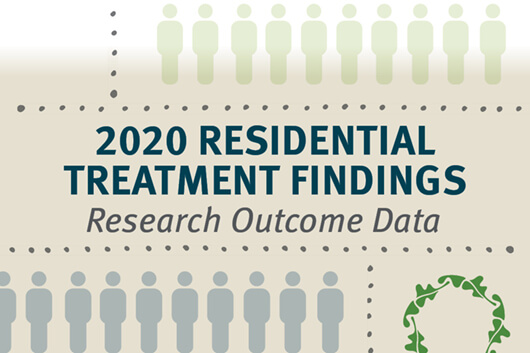Vaping is the term used for using e-cigarette devices as an alternative to smoking cigarettes. The original concept was initially embraced, as it was thought to provide a safer option to smoking traditional cigarettes. Vaping offered a way to continue using nicotine while avoiding the toxic chemicals and smoke-related lung damage attributed to tobacco products.
In recent years vaping has become very popular with teens and young adults. In late 2017 the FDA announced that teen vaping had become an epidemic, and cited the potential health risks associated with vaping. Companies had targeted the teen market, advertising vape products in sweet flavors that would appeal to them. Through vaping, teens were becoming addicted to nicotine in a whole new way. Now, vaping surpasses smoking among teens, with about 27% of high school seniors reporting they had vaped in the past month.
As the vaping craze caught on, young people began to experiment with vaping THC products, creating a dangerous new trend. In fact, vaping synthetic drugs like “spice” has led to serious health consequences. In addition, mysterious lung conditions, including some deaths, have been attributed to vaping. This has led to investigations of the harmful chemicals present in the products used in vaping devices.
While vaping can have an appropriate role for adults attempting to quit smoking traditional tobacco products, in the hands of young people, the practice of vaping can have significant negative consequences.
What is Vaping?
The practice of vaping is defined as using a battery operated electronic device to inhale vapors from a liquid substance. The substance can be a liquid form of nicotine or other substances that can be aerosolized into a mist and inhaled. Some of the advantages of vaping over smoking cigarettes include its odorless byproduct, versus carcinogenic smoke, and the absence of the tobacco byproducts that are so harmful to the lungs.
Vaping devices come in a variety of forms. They may look like a traditional cigarette, pipe, or cigar. Or that may look like a USB memory stick or a pen. The most popular e-cigarette device is the JUUL product line. When the device is puffed on, it activates the heating function and releases vapors.
5 Vaping Side Effects
Vaping may very well be a good idea gone bad. Since 2017, alarming evidence has been piling up as the health consequences of vaping continue to mount. The American Lung Association, the American Heart Association, and other health organizations have issued warnings about the risks of vaping. Some of the consequences of vaping include:
- Vaping Can Cause Lung Damage. Harmful chemicals that have been detected in nicotine vaping products include diacetyl, benzene, vitamin E acetate, propylene glycol, vegetable glycerin, and acrolein (weed killer). These can cause permanent lung damage, according to the American Lung Association.
- Vaping is Highly Addictive. Vaping has been found to be more addictive than smoking because the liquid nicotine products contain a higher concentration of nicotine. This means the body will metabolize the nicotine faster so the effects will be more enhanced.
- Vaping THC is Dangerous. The recent health emergencies involving vaping were related to the contaminated marijuana oil used. Also dangerous is the high potency of the THC in the marijuana products used in vaping. High levels of THC can cause cognitive problems and even psychosis in young people.
- Vaping Can Cause Heart Damage. Because nicotine is a toxic substance, receiving the concentrated version of nicotine through vaping may cause blood pressure and adrenaline to spike. This can increase the chance of cardiovascular disease and heart attack.
- Vaping Releases Its Own Version of Secondhand “Smoke.” Early on vaping was touted for its clean exhalants, versus the tar-based second hand smoke of traditional tobacco products. However, the vapor exhaled contains the micro-particles of a wide range of chemicals, posing a danger to anyone exposed to the secondhand vapors.
While true that using e-cigarettes may help smokers to transition away from tobacco, there remains much to learn about the potential dangers of these liquid nicotine products. Teens are particularly vulnerable to the consequences of vaping, as these products can increase the rates of nicotine addiction in this age group. Combined with the dangers of the popular liquid THC products young people are using in the devices, it is clear that vaping poses some serious health risks and should be discouraged.
Ashley Addiction Treatment, formerly Father Martin’s Ashley, is a nationally recognized nonprofit leader in integrated, evidence-based treatment for substance use disorders and is accredited by The Joint Commission. We offer both inpatient and outpatient programs, holistic addiction treatment, drug detox, relapse prevention plans, family wellness programs and a variety of other services tailored to each patient’s needs. Our driving principle — “everything for recovery” — reinforces our mission to heal each individual with respect and dignity, and reflects on our ongoing commitment to meet new challenges. For information about our comprehensive programs, please call (866) 313-6307.




